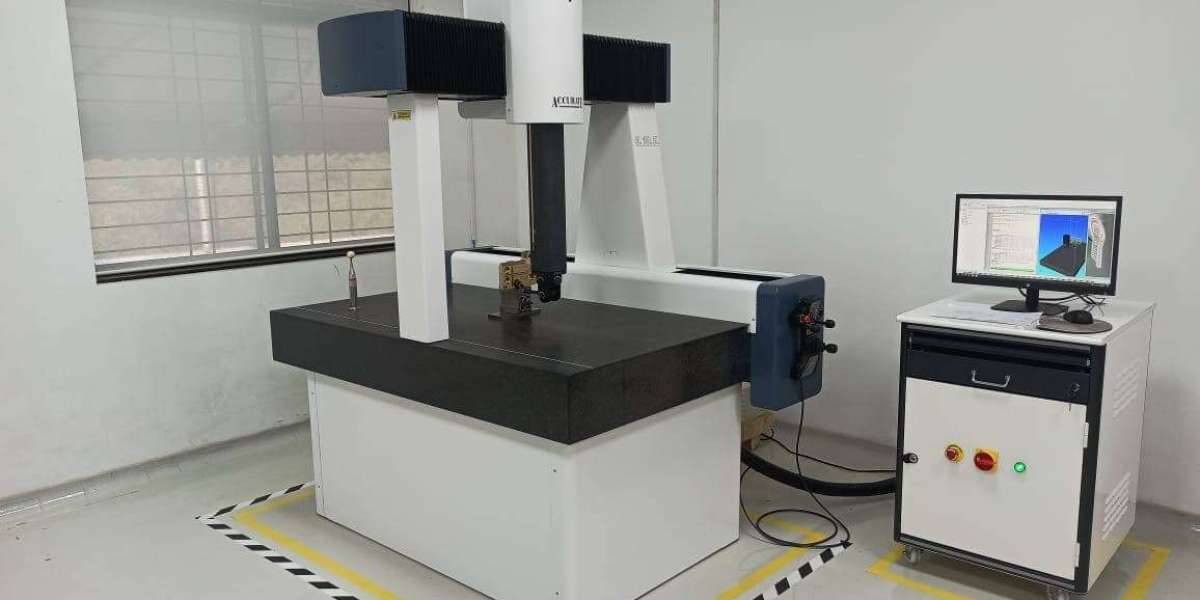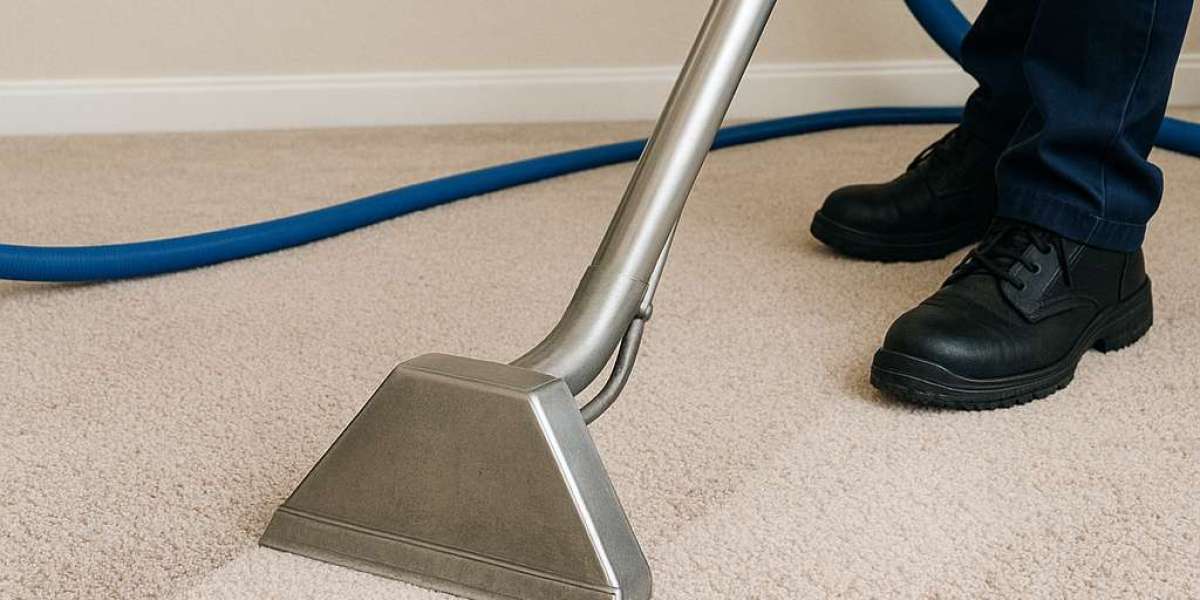Accuracy is at the heart of modern manufacturing. Whether you’re producing aerospace components, medical devices, or precision-engineered gears, even the smallest deviation can impact performance and safety. This is where coordinate measuring machines (CMMs) play a crucial role.
CMM machines are designed to capture exact measurements of parts and assemblies, ensuring that every component matches the required specifications. But how accurate are these machines? And what factors affect their performance?
In this guide, we’ll break down how CMM accuracy works, why it matters, and what manufacturers can do to get the most reliable results from their inspection processes.
1. What Does “Accuracy” Mean in CMM Measurement?
When discussing CMM accuracy, it refers to how closely a machine’s measurement matches the true value of a dimension. A highly accurate CMM machine can verify features down to microns, making it essential for industries where precision is non-negotiable.
Accuracy is often described using key metrics:
● Linear accuracy
How accurately the machine measures along each axis (X, Y, Z).
● Repeatability
The machine’s ability to return the same measurement across repeated tests.
● Probing accuracy
How precise the probe is when detecting points on a surface.
● Volumetric accuracy
The machine’s accuracy throughout its entire measurement volume.
These metrics collectively determine how reliable a coordinate measuring machine is during everyday operation.
2. Why CMM Accuracy Matters in Manufacturing
Ensures Product Reliability
When parts do not meet design specifications, they can cause equipment failures, increased wear, or safety hazards. CMMs help prevent these issues by providing trustworthy inspection data.
Reduces Scrap and Rework
Inaccurate measurements lead to wrong conclusions—good parts get rejected, and faulty parts get approved. Accurate CMM measurement eliminates unnecessary waste and costly rework.
Supports High-Precision Industries
Fields like aerospace, medical engineering, automotive gear production, and electronic manufacturing rely on tight tolerances. For them, CMM accuracy isn’t optional—it’s essential.
Improves Quality Certification Compliance
Many standards, such as ISO 9001, AS9100, or IATF 16949, require validated measurement processes. Accurate coordinate measuring machines help meet these requirements.
3. What Affects the Accuracy of a CMM Machine?
CMM accuracy depends on several environmental, mechanical, and procedural factors.
3.1 Machine Construction
High-quality CMMs are built with:
Granite or ceramic bases
Rigid structures that resist vibration
Low-thermal-expansion materials
The sturdier the machine, the more reliable the measurement.
3.2 Probing Technology
Accuracy is influenced by the type of probe:
Touch-trigger probes: Great for general inspection
Scanning probes: Capture thousands of points for complex profiles
Optical/laser probes: Best for delicate or soft materials
Each probe interacts differently with the part surface, affecting precision.
3.3 Environment and Temperature
CMM machines are sensitive to temperature changes. Even small fluctuations can affect accuracy because materials expand or contract.
Ideal conditions include:
Temperature-controlled rooms (usually 20°C)
Minimal air flow
Vibration-free floors
Stable humidity
Environmental control is a major factor in ensuring consistent results.
3.4 Operator Skill
Even with automated software, human factors still matter. Errors can occur during:
Part alignment
Fixturing
Probe selection
Program creation
Skilled operators and proper training ensure accurate outcomes.
3.5 Calibration and Maintenance
Just like any precision instrument, a CMM machine requires:
Periodic calibration
Routine maintenance
Quality assurance tests
Software updates
Regular upkeep ensures the machine continues to deliver correct measurements.
4. How Software Enhances CMM Accuracy
Modern coordinate measuring machine software plays a huge role in achieving precise measurement results. Advanced platforms offer:
CAD-to-part comparison
Automated inspection routines
GD&T analysis
Real-time deviation mapping
Intelligent error compensation
The software helps compensate for thermal drift, mechanical tolerances, and probing errors—making the measuring process both faster and more dependable.
5. The Relationship Between CMM Accuracy and Tolerance Requirements
Not every manufacturing task requires the same degree of accuracy. For example:
Gear manufacturing may require microns-level accuracy.
Sheet metal or fabrication parts have looser tolerances.
Electronic assemblies may require precision for small components.
Understanding tolerance requirements ensures manufacturers choose the right type of CMM measurement and the right CMM machine for their needs.
6. How to Improve CMM Accuracy in Your Facility
Here are practical ways to ensure your CMM provides the most accurate results:
● Maintain a stable environment
Control temperature, humidity, and vibration around the machine.
● Use proper fixturing
Poor part setup is one of the biggest causes of inaccurate CMM measurement.
● Select the right probe
Different features require different probing strategies.
● Keep the machine calibrated
Follow the manufacturer’s recommended schedule.
● Automate where possible
Automation reduces human error and increases repeatability.
● Train your operators
Accurate measurement depends on skilled programming and interpretation.
7. Future Trends in CMM Accuracy
Technology continues to advance, and new innovations are pushing CMM capability even further:
AI-assisted inspection
Machine learning for compensation
High-speed scanning probes
Integration with robotic loading systems
Digital twin inspection models
These advancements will help manufacturers achieve higher accuracy with less manual effort.
Final Thoughts
Understanding the accuracy of coordinate measuring machines is key to achieving reliable, cost-effective, and high-quality manufacturing. Whether you're working with tight-tolerance gears, electronic assemblies, or large industrial components, a precise CMM machine ensures that every part meets expectations.
By controlling the environment, using the right probes, maintaining the equipment, and relying on professional software, manufacturers can significantly enhance the accuracy of their inspection processes.



